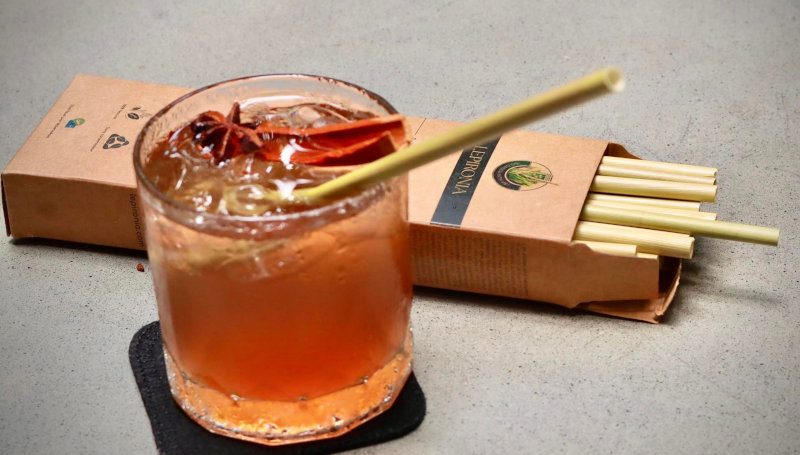Plastic, despite its widespread use and affordability, poses a significant threat to the environment. From single-use straws to various plastic products, the disposal of plastic waste introduces hazardous chemicals into our ecosystem.
This pollution not only endangers wildlife but also affects human health. In response to this growing concern, companies are developing alternatives to plastic straws.
In this article, we explore the dangers of plastic straws, the need for better alternatives, and highlight the best environmentally friendly options available in 2024.
The Dangers of Plastic Straws
Plastic waste poses a grave threat to our environment and wildlife. Research shows that millions of seabirds and sea mammals perish each year due to plastic pollution in our oceans.
Up to forty percent of various species, including fish, sea turtles, and seabirds, exhibit signs of plastic waste contamination. This contamination not only affects wildlife but also puts human health at risk.
Plastic straws, being one of the most commonly used single-use items, contribute significantly to this environmental crisis.
Exploring Better Alternatives
As environmental awareness grows, individuals are actively seeking alternatives to disposable plastic items.
The market now offers a range of options for environmentally safe drinking straws, including reusable and single-use alternatives.
By choosing these alternatives, we can reduce our environmental impact and safeguard our planet.
Reusable Straws: A Sustainable Choice
Reusable straws are a practical and sustainable solution for personal use. Glass straws, despite their fragility, offer visual appeal and various size options. Bamboo straws, affordable and eco-friendly, require careful cleaning. Silicone straws, an alternative to plastic, can be reused but pose recycling challenges. Metal straws, similar to glass straws, require caution when drinking hot beverages. Carbon fiber straws, though expensive, provide a lightweight and reusable option.
While reusable straws are a commendable choice, they require cleaning and maintenance, making them more suitable for personal use.
Single-Use Straws: A Convenient Option for Public Spaces
In public places and cafes, single-use straws are more practical. Paper straws, an early alternative, come in various sizes but may contain additives to enhance durability. Rice straws, a recent addition, are biodegradable and edible. Cane straws offer reliability, although some may contain adhesive chemicals. Papaya leaf stem straws, a natural option, are rarely available. Ice straws provide a unique experience but are suitable only for cold drinks.
Grass straws, made from Lepironia articulata grass, stand out as a sustainable and natural choice. Originating from Vietnam, these single-use straws are biodegradable, safe for the environment, and do not alter the taste of beverages.
Choosing the Best Alternative
Determining the ideal alternative depends on personal needs and preferences. However, it is crucial to remember that small changes in our habits and choices can significantly contribute to protecting the environment. Among the available options, grass straws made from Lepironia articulata grass emerge as one of the best choices in 2024. These straws are 100% natural, completely biodegradable, safe for use, and ensure an unaltered taste in beverages.
Plastic straws have proven to be detrimental to the environment, endangering wildlife and human health. With the rising demand for eco-friendly solutions, various alternatives have emerged. Reusable straws offer sustainability for personal use, while single-use straws provide convenience in public spaces. Among the alternatives, grass straws made from Lepironia articulata grass excel as an environmentally friendly option. By embracing these sustainable choices, we can make a positive impact on our planet, one sip at a time.





